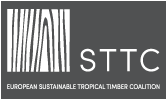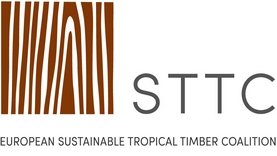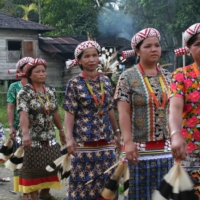New timber CITES listings criticised

Photo: Mark van Benthem, Stichting Probos
Question marks have been raised by leading Belgian academic and research body, the Gembloux Agro-Biotech faculty of the University of Liege (GBA), over latest new timber species CITES listings. The listings were passed at the UN CITES COP in Panama (COP 19). They include Ipe (Handroanthus, Roseodendron and Tabebuia spp.) and Cumaru (Dipteryx spp.). Following a 24 month transition period, they will be included in CITES Appendix II.
The other new listings are Afzelia/Doussie (Afzelia spp.), Padouk (Pterocarpus spp.) and African Mahogany/Khaya (Khaya spp.). They will be listed, after a 90-day transition period from the initial announcement, from February 23 2023.
Under the CITES rules, international trade in these species can be authorised, but requires an export permit, or re-export certificate from the third-party country and an import permit issued by the appropriate body in the importing country. Listing has significant trading impacts, imposing administrative barriers to exporting and importing Appendix II classified species. For species newly listed on CITES, producing countries must publish their Non-Detriment Findings (NDTs), to establish trade quotas. This will take time and the 90-day deadline for some species may not allow producer states to do this.
For EU importing countries, the transitional phase until entry into force of the CITES listings is also likely to raise practical questions. For example, what is the status of goods already in transit without a CITES export licence, but which would arrive in the EU after February 23 2023? Further, Appendix II listing will also lead to administrative burdens because valid export licences often expire while importers wait for import licences to be issued by their state’s competent authorities.
Jean-Louis Doucet, Professor of Tropical Forestry at GBA and president of the Care Forest is Life project, was quoted as saying that, while additional management measures were justified for certain commercial species, this should not include Padouk and Doussié. He added that the first ‘victims’ of the new listings will be companies committed to sustainable management, including FSC or PEFC-certified companies that export part of their production to Europe. He said Gabon will be among the first supplier countries affected. “Gabon forestry companies been faced with a doubling of energy prices in six months, making exploitation of most forest species unprofitable. Currently, only a handful are still being harvested, including Padouk and Doussie. To restrict their international trade is to put a noose around the neck of good forest management students.”
Dr Grace Loubota, who implemented the CARE project, with funding from the Programme for the Promotion of Certified Forestry (PPECF), shared Professor Doucet’s concerns. “Neither Padouk nor Doussie are threatened and logging them will not jeopardise their populations in the coming century. Their population densities are sufficiently high and these two taxa regenerate without difficulty,” said Dr Loubota, adding that these timbers had been listed because of the ‘difficulty of differentiating them from species considered threatened’.
Professor Doucet said that the additional trading costs imposed by CITES listings of these species could also lead to supplier countries switching to cultivation and export of other commodities, such as palm oil. This risked further forest conversion. “This catastrophe that could be avoided if we finally recognised the real virtues of tropical woods, whose image has been tarnished by decades of misinformation,” he concluded.





